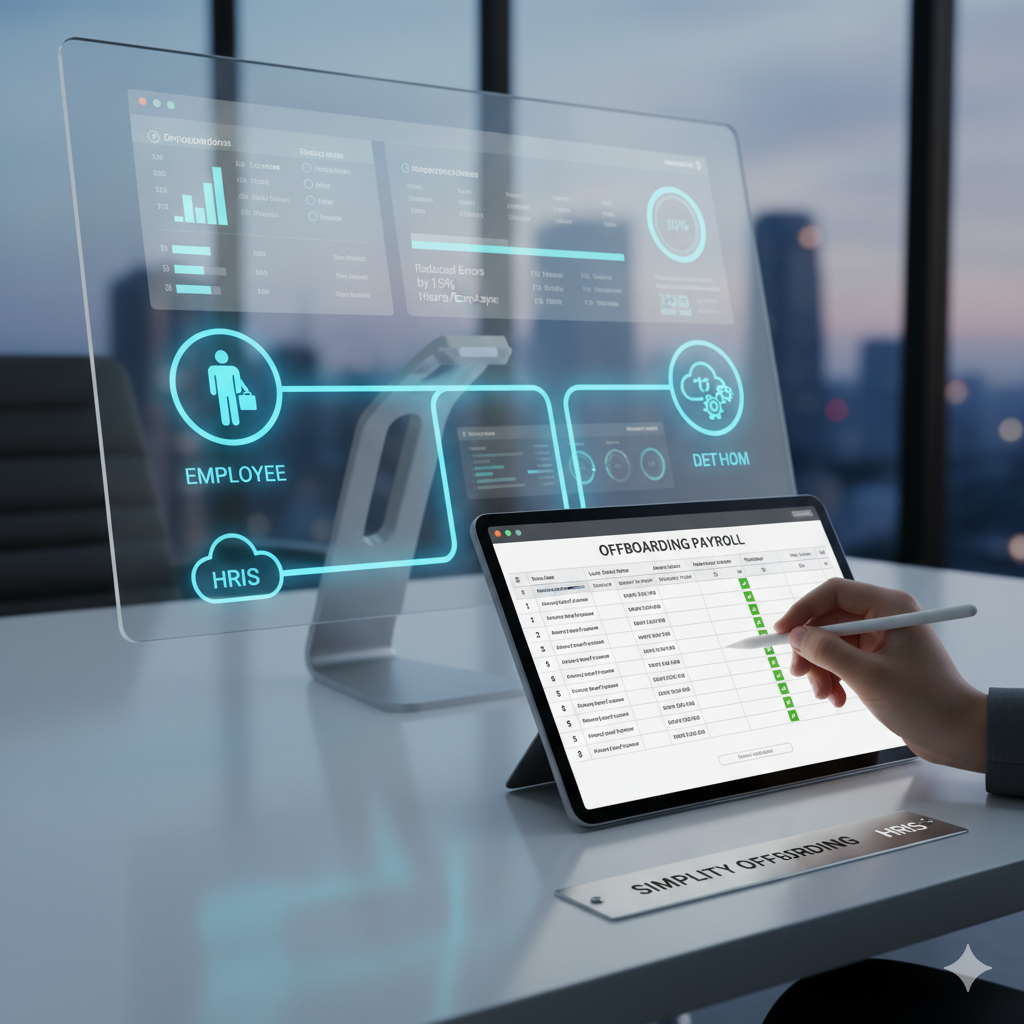Address
Kaypian, San Jose Del Monte City, Bulacan Philippines
Work Hours
Monday to Friday: 8AM - 6PM
Weekend: 10AM - 5PM
Address
Kaypian, San Jose Del Monte City, Bulacan Philippines
Work Hours
Monday to Friday: 8AM - 6PM
Weekend: 10AM - 5PM


Integrated HR. Accurate Payroll.


Integrated HR. Accurate Payroll.

When an employee leaves a company—whether through resignation, retirement, or termination—one of the most sensitive and crucial steps in the offboarding process is the computation and release of the employee’s last pay.
Manual processing can be time-consuming, prone to errors, and often leads to disputes if not handled transparently. Fortunately, with the help of a Human Resource Information System (HRIS), organizations can automate and simplify the employee last pay process, ensuring accuracy, compliance, and smooth transitions for both HR teams and employees.
In this article, we’ll explore how an HRIS can transform the way you handle final pay, minimize errors, and strengthen your company’s reputation for professionalism and fairness.
Employee last pay, also known as final pay or separation pay, refers to the total amount owed to an employee upon separation from the company. This typically includes:
Processing this accurately is vital—not just for compliance with labor laws, but also to maintain trust and goodwill with departing employees.
Before automation, HR departments often relied on spreadsheets or manual computation for last pay processing. This approach has several challenges:
These issues can affect both employee satisfaction and the organization’s reputation.
| Benefit | Description |
| Accuracy | Automated calculations minimize human error |
| Efficiency | Faster processing through integrated systems |
| Transparency | Clear audit trails and digital approvals |
| Compliance | Aligns with labor laws and company policies |
| Employee Trust | Builds goodwill through timely and fair processing |
Offboarding is more than just paperwork—it’s the final touchpoint in the employee lifecycle. When handled efficiently, it reinforces a company’s professionalism and values.
By automating last pay processing through HRIS, organizations can:
✅ Reduce administrative workload
✅ Prevent disputes and errors
✅ Ensure legal compliance
✅ Deliver a positive offboarding experience
In short, HRIS transforms offboarding from a manual headache into a streamlined, transparent, and accurate digital process.
The processing of employee last pay is a critical step that reflects your company’s commitment to fairness and efficiency. Using an HRIS system to automate this process eliminates errors, speeds up approvals, and ensures compliance with labor laws—all while improving employee satisfaction.
By embracing HR technology, you’re not just simplifying workflows—you’re building trust and efficiency that benefit your organization long after an employee’s final day.
If your HR team still handles last pay manually, now’s the perfect time to explore how an HRIS self-service system can modernize your offboarding process.